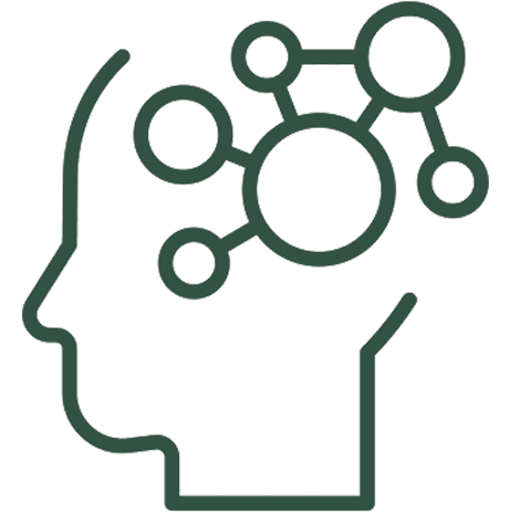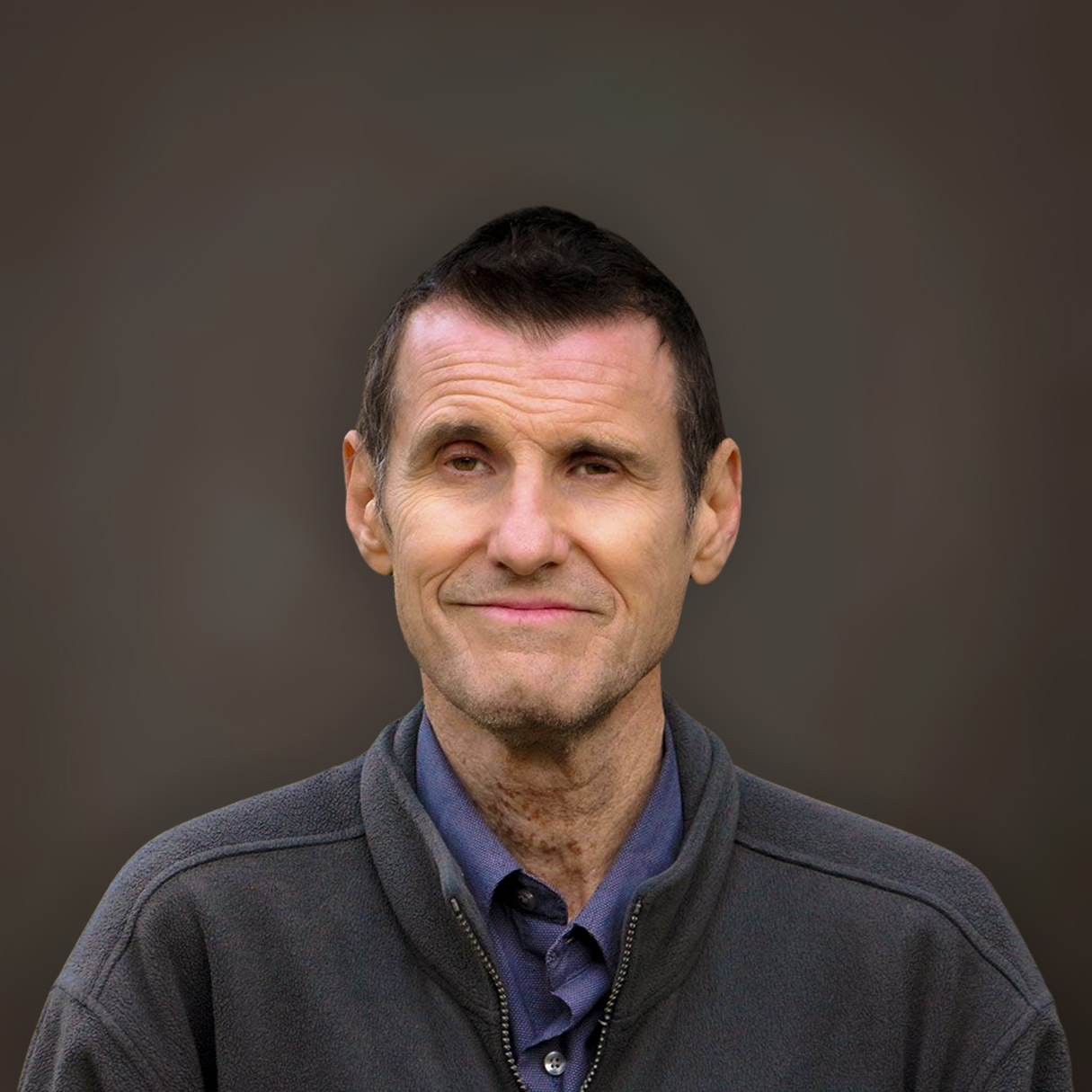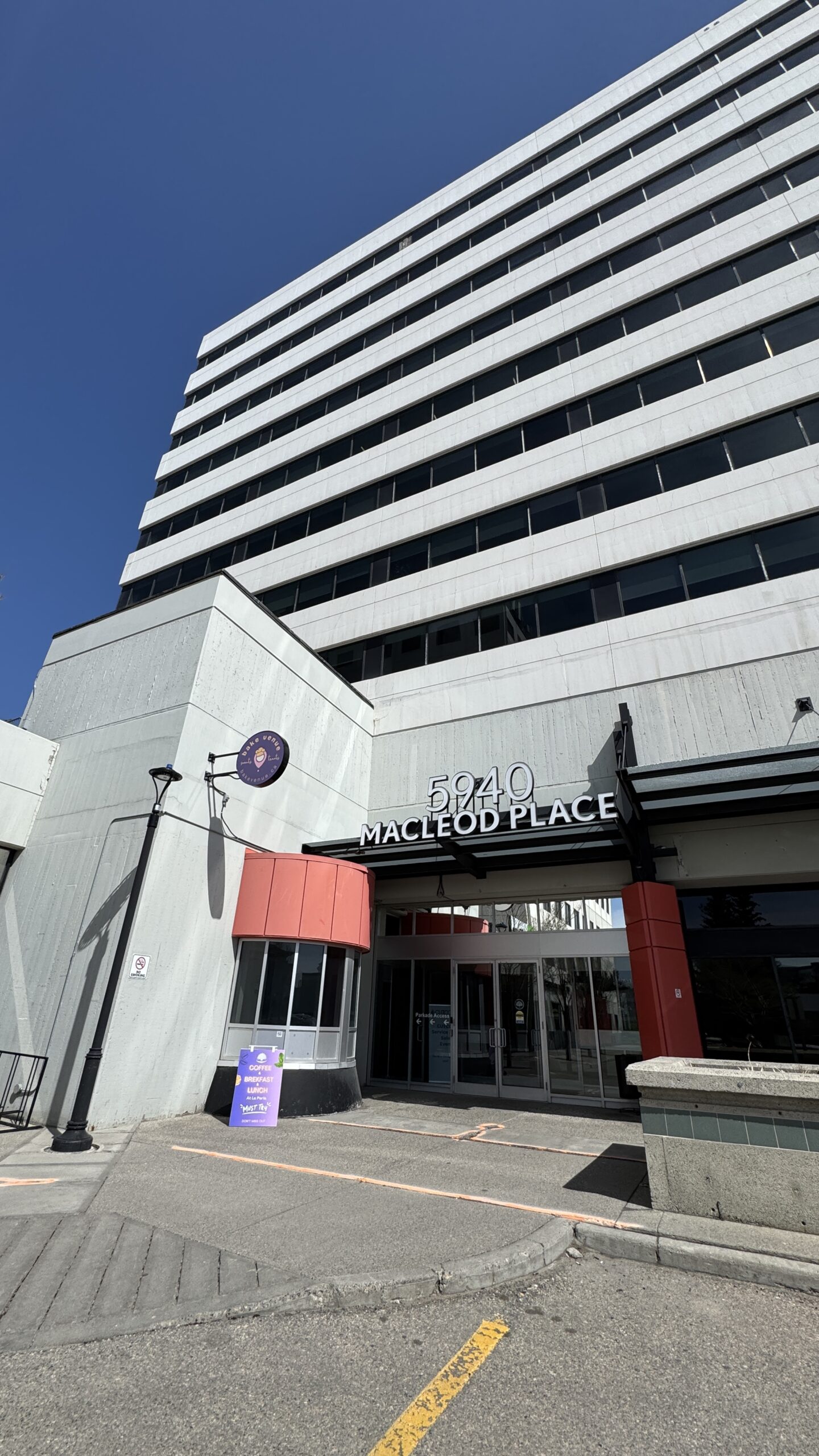
PTSD and Trauma Therapy
Heal from Trauma and Reclaim
Nightmares, flashbacks, or anxiety after trauma? At CPC Clinics Calgary, we provide gentle, confidential care for adults coping with PTSD. Our trauma-informed approach helps you feel safe, build resilience, and find peace again. Book your free consultation today.possible—book your free consultation today.
What Our ADHD Assessment Includes: Conducting an ADHD evaluation is like putting together pieces of a puzzle. We gather information from multiple sources to ensure an accurate picture

Thorough Trauma Assessment:
Thorough Trauma Assessment:
We start by understanding your story and symptoms. You’ll never be forced to share details you’re not ready to …
Thorough Trauma Assessment:
We start by understanding your story and symptoms. You’ll never be forced to share details you’re not ready to – initial sessions focus on building trust. We use validated questionnaires to assess PTSD symptoms (like the PCL-5) and identify triggers (sounds, places, memories) that distress you. This assessment helps create a tailored treatment plan for your trauma.

Stabilization & Safety:
Stabilization & Safety:
Before delving into traumatic memories, we ensure you have coping tools to handle intense emotions. You’ll learn grounding techniques …
Stabilization & Safety:
Before delving into traumatic memories, we ensure you have coping tools to handle intense emotions. You’ll learn grounding techniques (orienting to the present using the 5 senses), safe-place visualization, and relaxation exercises. This phase is all about helping you feel safer in your body and environment. If you experience dissociation or panic, we address those first so you can proceed with confidence that you can handle therapy.

Trauma Processing Therapies:
Trauma Processing Therapies:
When you feel ready, we gently process the trauma itself using specialized methods. This could involve talking through …
Trauma Processing Therapies:
When you feel ready, we gently process the trauma itself using specialized methods. This could involve talking through the memory in detail (with techniques like Prolonged Exposure or Narrative Therapy) or using alternative channels like EMDR (which doesn’t require describing the trauma out loud in detail). Processing allows your brain to re-file traumatic memories from feeling “live and present” to becoming past events that no longer hijack you.

Cognitive Restructuring:
Cognitive Restructuring:
Trauma often shatters beliefs (“I’m not safe,” “It was my fault,” “I’m broken”). We help you examine and challenge these …
Cognitive Restructuring:
Trauma often shatters beliefs (“I’m not safe,” “It was my fault,” “I’m broken”). We help you examine and challenge these thoughts, replacing them with healthier, more balanced perspectives. This shift rebuilds confidence and opens the path to healing.

Reconnection & Aftercare:
Reconnection & Aftercare:
Healing from trauma is about more than reducing symptoms, it’s about reclaiming your life. We assist …
Reconnection & Aftercare:
Healing from trauma is about more than reducing symptoms – it’s about reclaiming your life. We assist you in reconnecting with everyday activities, relationships, and hobbies that you may have avoided. If appropriate, family or couple sessions can be included to educate loved ones on how to support you. We also craft a long-term self-care plan (like exercise, mindfulness, support groups in Calgary) to maintain your progress after therapy concludes

Reconnection & Aftercare: Healing from trauma is about more than reducing symptoms, it’s about reclaiming your life. We assist …
Reconnection & Aftercare: Healing from trauma is about more than reducing symptoms – it’s about reclaiming your life. We assist you in reconnecting with everyday activities, relationships, and hobbies that you may have avoided. If appropriate, family or couple sessions can be included to educate loved ones on how to support you. We also craft a long-term self-care plan (like exercise, mindfulness, support groups in Calgary) to maintain your progress after therapy concludes
How PTSD & Trauma Therapy Helps You Heal
Our therapists specialize in gold-standard, evidence-based trauma therapies designed to help you reclaim your life. Each modality targets specific aspects of post-traumatic stress and is backed by rigorous research demonstrating effectiveness for PTSD, complex trauma, and related conditions.

1. Eye Movement Desensitization and Reprocessing (EMDR)
An internationally recognized PTSD treatment endorsed by the World Health Organization and American Psychological Association, EMDR uses…

2. Trauma-Focused Cognitive Behavioral Therapy (TF-CBT)
A specialized form of CBT tailored for trauma survivors, TF-CBT combines cognitive restructuring with gradual exposure to trauma-related thoughts and situations…

3. Prolonged Exposure (PE) Therapy
A front-line PTSD intervention that gradually confronts trauma memories and feared situations until distress naturally subsides. Through repeated…

4. Cognitive Processing Therapy (CPT)
A highly structured, writing-and-discussion-based therapy focused on identifying and shifting “stuck points” – the rigid, trauma-driven beliefs that…
Meet Our Calgary PTSD and Trauma Counsellors :

Murray Molohon
MA, BSW, BRE
Registered Psychologist

Dr. D. Sebastian Saint
PhD
Registered Psychologist & Assessment Specialist

Zarrin Tasneem
Clinical Director
MACP – Registered Provisional Psychologist

Marggie Marks
MSW, RSW – Clinical Social Worker
& EMDR Clinician
Flexible & Accessible Counselling Options :
We’re committed to making PTSD and trauma therapy compassionate, accessible, and free of judgment, whether you’re in Calgary or anywhere across Alberta.

Sessions start from $240 CAD per session

Insurance billing available under specific conditions

In-person sessions available in Calgary

Virtual therapy sessions offered throughout Alberta
Let’s find a time and format that works best for you.
Blogs :
Understanding EMDR: A Closer Look at How It Heals Trauma
EMDR (Eye Movement Desensitization and Reprocessing) helps people heal from trauma by processing distressing memories through guided eye movements. Backed by research, it's shown to reduce PTSD symptoms significantly even after just a few sessions.
Frequently Asked Questions:
Ans: Absolutely. PTSD isn’t just for soldiers. Any life-threatening or deeply distressing event can cause PTSD or trauma symptoms. This includes car accidents, sexual or physical assault, natural disasters, sudden loss of a loved one, childhood abuse, or even witnessing violence. In Calgary, we see clients with PTSD from many walks of life – first responders, accident survivors, and individuals with medical trauma, to name a few. If an experience is haunting you with
Ans: A flashback is like mentally reliving the traumatic event. It can range from a brief, intense memory to feeling as if you are back in that moment in every sense. For example, someone who survived a house fire might suddenly smell smoke and feel heat when there is none, their heart races, and they feel panicked as if the fire is happening again. It can be very frightening. Part of therapy is learning grounding techniques so when a flashback hits, you can remind your brain “I am here, now, not back in the past,” and the flashback can pass more quickly.
Ans: We understand – talking about it can be painful. In trauma therapy, you control the pace. Initially, we focus on building coping skills and stability; we won’t force you to detail your trauma until you feel ready and safe. Therapies like EMDR allow processing without giving a detailed account of the trauma out loud. When it comes time to process the trauma, many find that while it’s hard in the moment, it becomes less distressing each time. Your therapist’s job is to support and guide you, ensuring you’re not overwhelmed. If something is too much, we slow down. Healing happens at your comfort level.
Ans: Healing from trauma is very individual. Some clients experience improvement in symptoms (like better sleep or fewer nightmares) after just a few sessions, especially with EMDR’s efficiency. A typical course of evidence-based PTSD therapy might be around 12–20 sessions (3–6 months) for a single traumatic event. Complex trauma (like repeated childhood abuse) often takes longer – sometimes a year or more of therapy – because there are multiple layers to work through. Remember, progress is progress. Even if it feels slow, each session you’re chipping away at the trauma’s hold on you. We regularly review your improvements (reduced symptom scores, increased daily functioning) to ensure therapy is helping.
Ans: While the memory of the trauma will likely always be with you, the intensity of its impact can greatly diminish. Think of it like a physical scar: it happened and the mark is there, but it doesn’t hurt anymore and it doesn’t stop you from living your life. Many people who complete trauma therapy reach a point where they remember the event without feeling acute distress – it becomes a tough memory, not an active wound. They can have anniversaries or see reminders and feel okay, maybe a bit sad but not overwhelmed. So in that sense, yes – you can move beyond the trauma controlling you. You reclaim your life narrative: “That happened to me, but it doesn’t define me.”
Ans: Yes, it can be. Not everyone with trauma reacts with obvious panic or anxiety. Some people, especially with prolonged trauma, experience emotional numbness, detachment, or dissociation. You might feel “empty” or like you’re watching life from outside your body. This is a defense mechanism , your mind’s way of shielding you from pain. It’s indeed a common PTSD symptom. In therapy, we’ll work gently to help you reconnect with your feelings in a safe way. Many clients gradually thaw out from numbness as they process trauma; joy and even sadness return in healthy ways. We create safety first , as you feel safer, the need for that protective numbness often decreases.
Location :
Contact CPC Clinics






